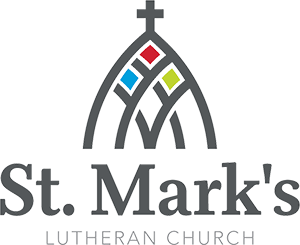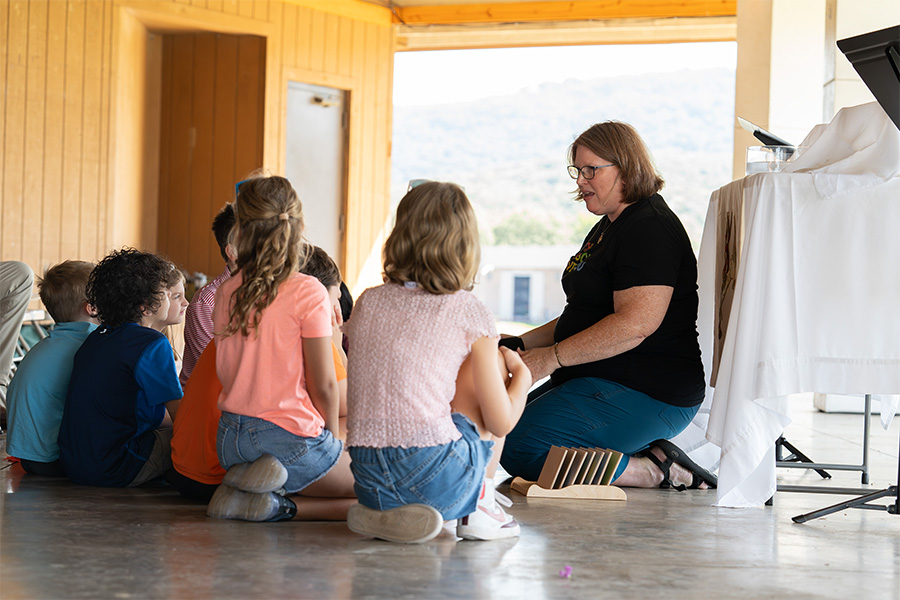Dear Lovelies,
Curious about the origins of All Saints Day and how it intersects with other cultural traditions, I did a little research on Wikipedia.
For some, All Saints Day is part of a three-day season called Allhallowtide, beginning with All Hallows Eve (Halloween) on October 31, All Saints Day on November 1, and concluding with All Souls Day on November 2. The thought being that it is a day celebrated in honor of all the saints, the faithful departed. Originally bouncing around on the calendar between Easter and Pentecost, All Saints eventually settled on November 1, some say to coincide or replace the Celtic festival known as Samhaim, an autumnal observance for the souls of the dead. A merging of traditions created what is now known as the modern Halloween.
A national holiday in some countries, All Saints Day observances may include cemetery and grave offerings of flowers, candles, food, prayers or blessings. In Austria and Bavaria, godparents gift their godchildren with a braided yeast pastry (allerheiligenstriezel). In Guatemala, kites are flown to help unite the dead with the living. In Mexico, the Day of the Dead (el Día de los Muertos), is celebrated at the same time, and is similarly a time to honor friends and family who have died. In the Lutheran church, we celebrate All Saints Day on the Sunday after Reformation is celebrated, generally the first Sunday in November. Remembering those who have died in the Christian faith, we read the names of those within the congregation who have died in the last year during worship, marking each name with the lighting of a candle and tolling of a bell. While the dead are solemnly remembered during worship on All Saints’ Sunday, the festival is, ultimately, a celebration of Christ’s victory over death.
Happy Day!
Traci Billman, Director of Christian Education
Last modified: October 27, 2024

